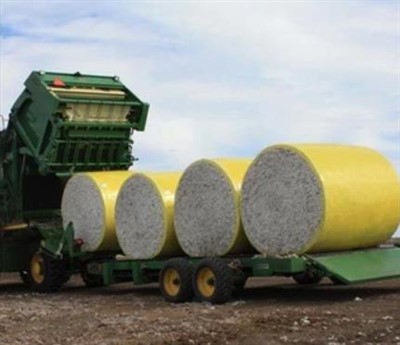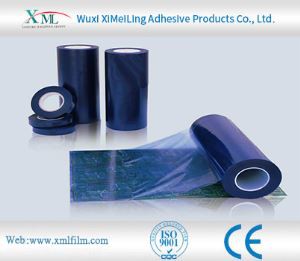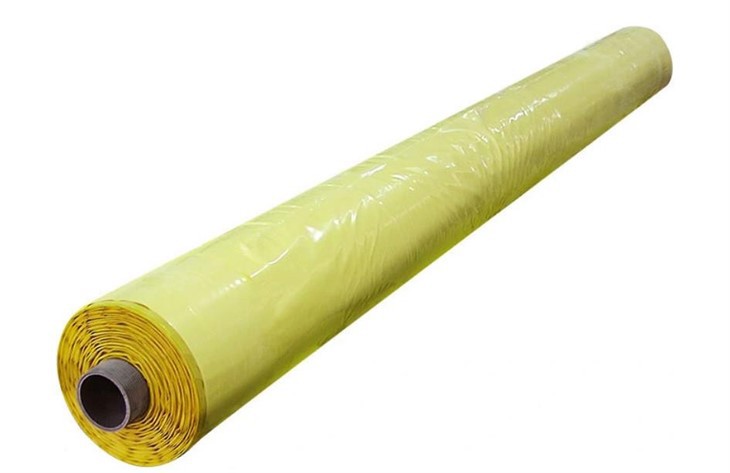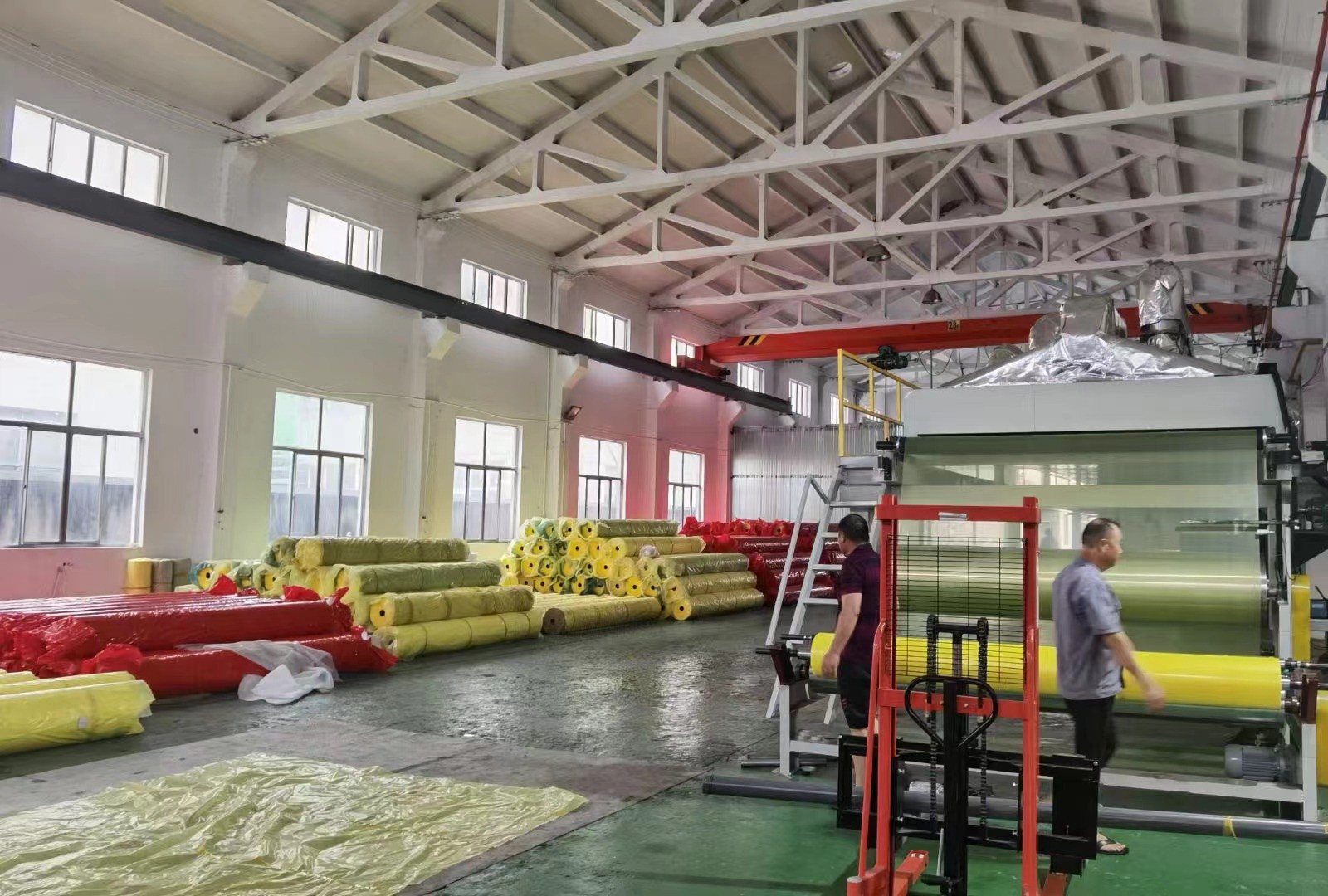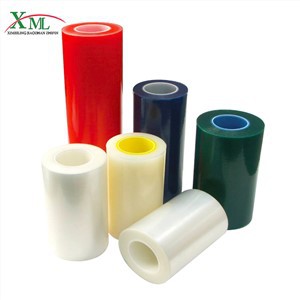Can PE Protective Film For Hard Surface resist scratches
2025-11-12
Scratch Resistance Mechanism
PE Protective Film For Hard Surface can effectively resist scratches, relying on its material properties and structural design. The PE base material itself has a certain degree of toughness and elasticity, which can absorb the impact force of external sharp objects—such as keys, sand grains, or small tools—before they reach the hard surface. Many products also have a wear-resistant coating on the surface, which forms a harder protective layer. This coating increases the film’s surface hardness, making it difficult for scratches to penetrate and directly damage the underlying hard surface. The combination of the flexible base and hard coating creates a dual barrier against scratches.Influence of Material Quality and Thickness
The scratch resistance of the film is closely related to its material quality and thickness. High-density polyethylene films have better wear resistance than low-density polyethylene films, as HDPE has a more compact molecular structure that can withstand greater friction without being scratched. Thickness also plays a role: thicker films usually have stronger structural stability, and their wear-resistant coating can be designed with a greater thickness, further enhancing scratch resistance. However, even thin HDPE films with quality coatings can provide effective scratch protection for hard surfaces, especially in scenarios with low to moderate scratch risks.Limitations in Extreme Scenarios
While the film works well against common scratches, it has limitations in extreme situations. If exposed to extremely sharp objects—such as blades or heavy metal tools—with strong pressure, the wear-resistant coating may be pierced, and the PE base may be scratched through. In environments with a large number of hard particles , continuous friction between particles and the film surface may gradually wear down the protective coating, reducing its scratch resistance over time. Additionally, if the film is not properly pasted—with dust or bubbles between the film and the hard surface—the film may be more prone to scratches due to uneven stress when external force is applied.Suggestions for Enhancing Scratch Protection
To maximize the film’s scratch resistance, first select a product made of HDPE with a clear wear-resistant coating, matching the scratch risk level of the hard surface . Ensure the hard surface is clean and smooth before pasting to avoid dust or debris causing internal scratches. During use, avoid direct contact between the film and extremely sharp or heavy objects as much as possible. If the film surface shows slight scratches, clean it promptly to prevent dust from accumulating in the scratches and worsening the damage. For high-demand scenarios , replace the film regularly once signs of significant wear appear to maintain continuous scratch protection.

